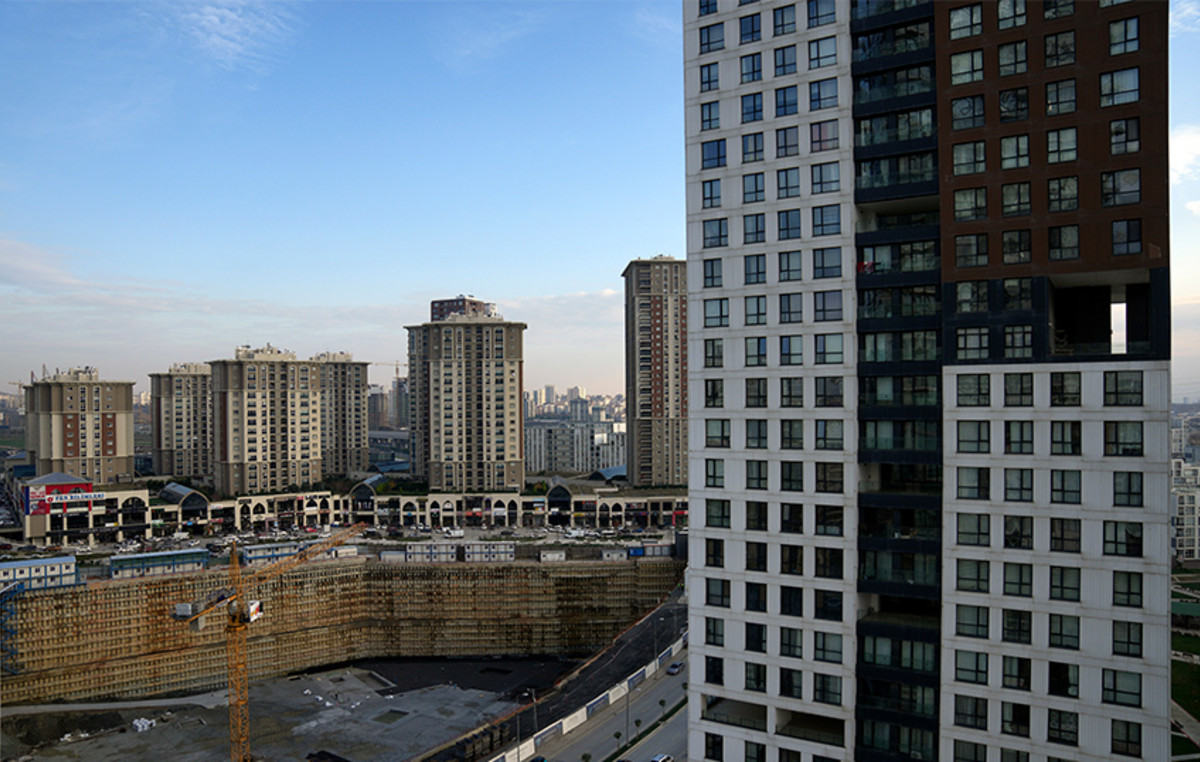The advancement of the Ômicron variant and the increase in the number of Covid-19 cases have caused increasingly significant impacts on the health network. In the state of Rio, the number of people on the waiting list for a bed in the Intensive Care Unit (ICU) and ward is already the highest in the last nine months. There are currently, across the state, 233 people waiting for care. The highest number before that was recorded on April 28 of last year, when the queue was 234 people.
Among the people waiting for these vacancies, 156 are waiting for an ICU bed (the highest number since April 8, 2021) and 77 are waiting for admission to a ward (the highest number since May 31 of last year). The data are from the Covid-19 monitoring panel of the Secretary of State of Rio de Janeiro (SES), with the last update this Wednesday (19).
In just one week, the number of people in the queue for a bed in the state health network, whether in the ward or ICU, increased by 219%. On Thursday of last week, 73 people were waiting for a vacancy. In the public network of the capital, the increase was 231%, going from 252 to 836 inpatients. In the city of Rio, 88% of hospitalized patients did not complete the vaccination schedule or were not vaccinated.
According to infectious disease specialist José Pozza, from the Federal University of the State of Rio de Janeiro (Unirio), it is necessary to increase the vaccination rate in the country and not ignore the effects of Ômicron.
“Although the Ômicron is a variant that apparently evolves towards lighter frames, this does not happen in all cases. In some people, it causes very symptomatic diseases, sometimes requiring hospitalization, mechanical ventilation, etc. We know that unvaccinated patients or those with an incomplete vaccination schedule have worsened with a great frequency and, unfortunately, we still have many people who have not been vaccinated in Brazil”, he warned.
As informed by the Secretariat, the average waiting time, from the moment of request to the reservation of a bed, is currently around 5 hours for those in the ward and 4 hours for those in the ICU. In the capital, the number passed by the Municipal Health Department (SMS) is higher. With 43 people waiting for a vacancy, the average waiting time is 49 hours.
Occupancy of beds
The state of Rio de Janeiro recorded, this Wednesday (19), according to the panel of the State Department of Health (SES), the highest percentage of occupancy of ICU beds in the state health network in the last four months. Currently, 62% of ICU beds are occupied. The last rate higher than that was on September 14 of last year, when the state reached 69% of beds occupied. The occupancy rate of infirmary beds, currently at 63%, is the highest in the last eight months. On May 26 of last year, it was at 64%.
Also according to data from the Department, there are currently two municipalities with 100% occupancy in ICU beds. Barra do Piraí and Teresópolis. Cities with 101 thousand and 185 thousand inhabitants, respectively. In addition to these cities, the municipality of Maricá, with an estimated population of around 167 thousand people, has 95% occupancy in ICU beds and 94% in wards; and Itaboraí, with around 244 thousand inhabitants, has 97% of its ICU beds and 98% of its infirmary beds occupied. In the capital, the occupancy rate in ICUs is 68% and there are no vacancies in the infirmary beds.
AT CNN, the head of the ICU at Hospital Emílio Ribas, Jaques Sztajnbok, had already warned about the pressure that the health system could suffer with the high rate of infected by Ômicron, even considering its lower lethality compared to other variants.
“Today the pressure on the health system in the emergency area is very great. As this is a variant that infects very quickly, even though I have ‘only’ 0.5% of those infected going to the ICU, this percentage among millions of infected people is a very expressive number that can lead the health system to a collapse” , he said.
As disclosed on Wednesday (19) by Fiocruz, between January 10 and 17, there was an increase in the occupancy rate of intensive care beds for Covid-19 in the country’s Unified Health System (SUS) network. Ten Brazilian states and the Federal District have an occupancy rate between 60% and 80%, considered an intermediate alert zone. In the survey carried out last week, there were six regions, including the DF, in an intermediate alert zone.
The states of Pernambuco, Espírito Santo, Mato Grosso and Goiás are in the so-called critical alert zone, when occupancy rates are equal to or greater than 80%.
(With information from Isabelle Resende)
Reference: CNN Brasil







